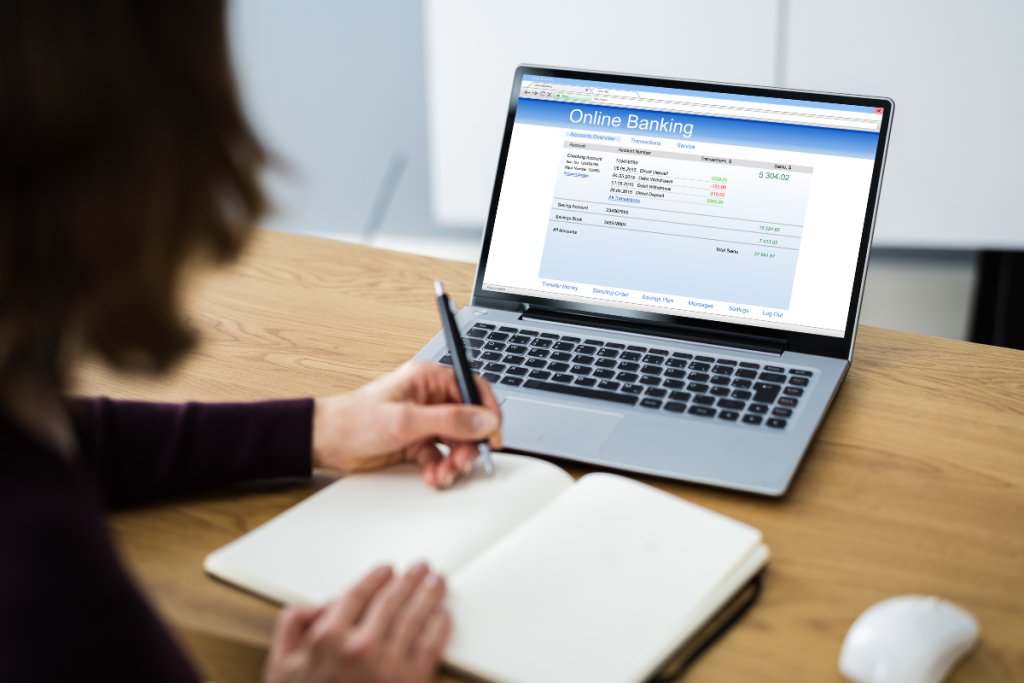Savings accounts are no longer the one-size-fits-all product they once were. In Singapore’s increasingly sophisticated financial ecosystem, banking has evolved to offer highly specialised products to meet a wide variety of goals, lifestyles, and risk appetites. While a single savings account may seem sufficient at first glance, savvy financial planning in today’s climate demands a more nuanced approach. For Singaporeans who wish to build financial security and maximise returns, diversifying savings across multiple account types is not just smart — it’s essential.
Below, we delve into the five types of savings accounts every Singaporean should consider. These accounts serve distinct purposes, offering flexibility, higher returns, automation benefits, or targeted financial discipline. Whether you’re a fresh graduate, a young family, or approaching retirement, aligning your accounts with your life goals can drastically improve your financial health.
1. High-Interest Savings Account — Optimising Daily Cash Flow
Primary Use: For everyday banking with a focus on higher returns
One of the most popular types of savings accounts in Singapore today is the high-interest or multi-condition account. These accounts, such as the DBS Multiplier, UOB One, or OCBC 360, offer higher-than-average interest rates — often upwards of 3–5% p.a. — when users meet certain transaction conditions such as crediting salary, spending on credit cards, paying for home loans, or investing.
Why It Matters:
- Maximises idle cash: Instead of letting cash sit in a basic savings account earning a negligible rate, high-interest accounts offer attractive returns if you’re already using the bank’s ecosystem.
- Encourages comprehensive banking: These accounts reward users for integrating multiple financial behaviours into a single platform, essentially turning everyday transactions into savings accelerators.
- Liquidity remains high: Funds in such accounts are easily accessible, making them ideal for managing living expenses and short-term goals while still earning a decent return.
Cautionary Note: Interest rates can be variable and conditional. Users should understand the criteria and evaluate if their lifestyle supports the account structure.
2. Emergency Fund Account — Your Financial Safety Net
Primary Use: For life’s unexpected events (job loss, medical emergencies, urgent repairs)
An emergency fund is the cornerstone of any solid financial plan. Ideally, this account should be completely separate from your regular spending and not linked to any debit cards or mobile apps. The purpose is psychological as well as practical: to ensure that the funds remain untouched except in true emergencies.
Ideal Features:
- Low or no fall-below fees
- Easy to deposit, slightly inconvenient to withdraw
- Protected by SDIC (up to S$100,000)
Popular Options: Standard Chartered e$aver, CIMB FastSaver, or Trust Bank accounts provide flexibility with minimal fees and reasonable interest rates without requiring monthly salary crediting or spending.
How Much to Save: 3 to 6 months of living expenses is the general rule of thumb. For freelancers or those with dependants, 9 to 12 months is safer.
Why It Matters:
- Emergencies can derail financial progress.
- Having cash on hand allows you to avoid high-interest debt in crises.
- Provides psychological peace of mind, which is invaluable during turbulent times.
3. Joint Savings Account — For Shared Financial Goals
Primary Use: For managing finances with a spouse, partner, or family member
Joint accounts are particularly useful for couples or cohabiting family members managing shared expenses such as utilities, groceries, holidays, or a future home. This account fosters transparency and accountability while simplifying money management.
Common Features to Look For:
- Dual signatories or equal access
- Fee-free or low-cost structure
- Mobile app integration for easy tracking
Suggested Providers: OCBC Joint Account, POSB eMySavings Account (when used with a spouse), or Trust Bank’s joint account features offer simplicity and automation.
Why It Matters:
- Encourages mutual financial discipline and goal setting
- Makes bill payments and shared purchases easier to track
- Acts as a bridge between individual autonomy and shared responsibility
Use Case: A couple planning their wedding might agree to contribute S$500 each per month into a joint account. Over time, it builds accountability and streamlines payments.
4. Child or Education Savings Account — Planning for Future Generations
Primary Use: For long-term savings toward a child’s education or well-being
Raising a child in Singapore is an expensive endeavour. From early childhood education to university fees, the costs can easily run into six figures. A dedicated child savings account — either under the parent’s name or a custodial account — ensures these funds are ring-fenced for future use.
Popular Options:
- POSB My Account: A flexible, fee-free savings account that grows with the child
- OCBC Mighty Savers: Comes with bonus interest and kid-friendly features
- Child Development Account (CDA): A government-supported initiative that matches savings dollar-for-dollar up to set caps, depending on birth order
Benefits:
- Encourages long-term discipline from an early age
- Instils financial literacy in children when they are old enough to manage their own savings
- May qualify for bonus interest or parental perks (e.g., educational insurance tie-ins)
Why It Matters:
- Education inflation in Singapore can outpace standard savings if not planned early
- Dedicated accounts remove the temptation of dipping into these funds for other needs
- Government incentives such as the Baby Bonus and CDA matching amplify savings potential
5. Travel or Goal-Based Savings Account — For Short-to-Medium-Term Dreams
Primary Use: For specific financial goals such as travel, home renovations, weddings, or big-ticket purchases
Saving for a purpose adds motivation and direction. A goal-specific account — which may be named “Bali Trip 2025” or “HDB Reno Fund” — helps compartmentalise savings, making it harder to misallocate funds.
Key Features:
- Ability to rename accounts or set goals (some banks support this digitally)
- Automated savings plans
- No minimum balance or withdrawal fees
Top Picks: DBS eMySavings allows monthly automated deposits; Revolut and Singlife support goal-based savings with gamified visuals. These encourage behavioural finance principles — making saving “feel good.”
Why It Matters:
- Helps prevent debt by funding lifestyle goals with cash rather than credit
- Reinforces positive savings habits and progress tracking
- Encourages delayed gratification and intentional spending
Tip: Combine this with budgeting apps like Seedly or You Need A Budget (YNAB) to keep goals visual and measurable.

Final Thoughts: Diversification is the Key to Financial Harmony
Having five different savings accounts may seem excessive at first glance. However, each serves a distinct psychological and financial purpose:
| Account Type | Purpose | Accessibility | Risk Level | Encourages… |
|---|---|---|---|---|
| High-Interest Account | Maximise returns on salary and expenses | High | Low | Integrated financial planning |
| Emergency Fund | Safeguard against the unexpected | Medium | Very Low | Discipline, peace of mind |
| Joint Account | Manage shared responsibilities | High | Low | Transparency, cooperation |
| Child/Education Account | Secure a child’s future needs | Medium | Very Low | Long-term planning, family focus |
| Goal-Based Account | Realise dreams and lifestyle goals | Medium | Low | Motivation, focus |
In truth, it’s not about the number of accounts but the intentionality behind each one. Singaporeans today face rising costs of living, evolving employment trends, and growing expectations of financial literacy. By setting up and actively managing these five account types, individuals position themselves to meet both present obligations and future aspirations without stress or compromise.
Financial security isn’t built on how much you earn — but how well you save, structure, and sustain.








